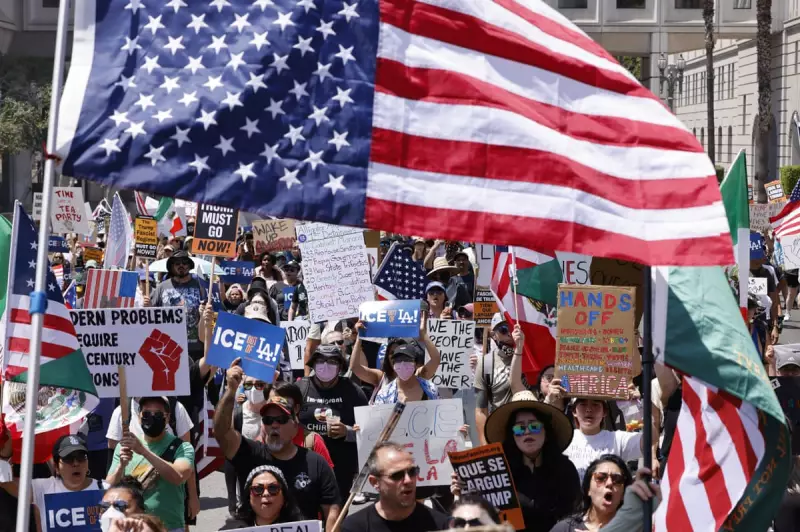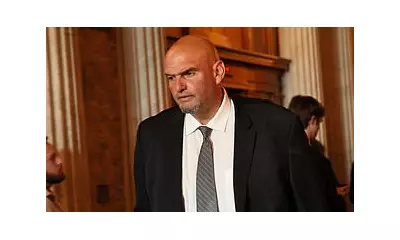
History has shown that transformative social and political change doesn't always require majority support. The '3.5% rule' suggests that when just 3.5% of a population engages in sustained, nonviolent protest, they can topple dictators, end oppressive regimes, and rewrite national narratives.
The Science Behind the 3.5% Threshold
Research by political scientist Erica Chenoweth examined hundreds of protest movements from 1900 to 2006. Her groundbreaking work revealed that no government could withstand the pressure when 3.5% of citizens participated actively in protests - with every campaign that reached this threshold succeeding in its aims.
Historical Examples That Prove the Rule
- The Civil Rights Movement in America
- The People Power Revolution in the Philippines
- The fall of the Berlin Wall
- The Arab Spring uprisings
Why 3.5% Makes All the Difference
This seemingly small percentage represents a critical mass that makes protest movements:
- Unignorable to authorities and media
- Sustainable through waves of participation
- Legitimate in the eyes of the broader public
Modern Applications
Today's activists study the 3.5% rule carefully. From climate protests to racial justice movements, organizers strategically aim for this participation threshold knowing it could mean the difference between fleeting outrage and lasting change.
The rule offers both hope and a challenge: change is possible with relatively small numbers, but achieving that critical mass requires exceptional organization, persistence and strategic nonviolence.





